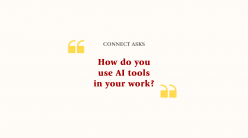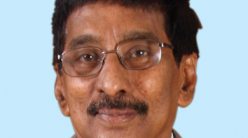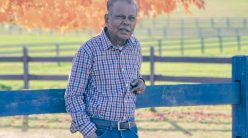A training programme seeks to inculcate scientific curiosity in women students from far-flung areas

I was running late. I hurried to the seminar hall in the Department of Developmental Biology and Genetics (DBG). The orientation session, which was scheduled for 10 am, had already started when I reached, so I sneaked in silently, hoping not to attract the attention of the audience. I saw a few young students, fully dressed in properly ironed school uniforms, turning to look at me, as I scrambled to find a seat.
It was the first day of the IBM STEM for Girls programme being organised at the Division of Biological Sciences. Under this initiative, about 20 female students from far-flung regions of the country spend about two weeks at IISc, listening to lectures and spending time in research labs.
As I sat down, Maria Thaker, Associate Professor at the Centre for Ecological Sciences (CES), was addressing the students. They had come from rural areas of Gujarat, Nagaland, and Odisha. The students, who were in class 11, were accompanied by their teachers and representatives of some NGOs like Youthnet Nagaland and Quest Alliance, which helped select these bright students interested in science from government-run schools and bring them to IISc.
For the past three years, IBM has been working with IISc to implement this programme aimed at boosting the involvement of women in STEM (Science, Technology, Engineering and Mathematics). Statistics show that only 14% of scientists, technologists, and engineers in research institutions in India are women. Despite promising career opportunities in these fields, the participation of women remains low in our country.
The event in which I participated as a volunteer was held from 11 to 22 December 2023.
After the orientation concluded, excitement and anticipation filled the air. In high spirits, we all stepped out for a snacks break.
A gentle tap from behind
As I was gulping down hot coffee, I started talking to some of the participants to find out more about where they were from and what their interests were. Suddenly, I felt a gentle tap on my shoulder. It was a teacher from the Gujarat group, who expressed his concern that students from Odisha and Gujarat were struggling to understand what was being said in English, as they study in vernacular languages back home.
The organisers then decided that they should have translators for each session. This is where students like me from the MSc in Life Sciences programme stepped in. Throughout the programme, we worked with the faculty members at IISc, translating their English talks to Hindi. It made us feel like we were making a difference.
Throughout the programme, we worked with the faculty members at IISc, translating their English talks to Hindi
For the two weeks, the students were given accommodation at the Hoysala guest house, and the MSc teaching lab assistant, Nagraj R, was assigned to escort them to the Biological Sciences building every morning. On the first day, Nagraj claimed to them that the walk would only take five minutes, but the actual walk ended up taking nearly 15 minutes, leaving both the students and their teachers slightly exhausted.
The students soon got used to the daily walks, and expressed their admiration of the greenery, monkeys, and birds on campus – even if some of the baby monkeys kept stealing stuff from their hostel rooms. Some students from Nagaland rued how, due to poaching, animal numbers are dwindling in their state. After reaching the Biological Sciences building, their schedule remained nearly the same every day, with morning lectures followed by lunch, practical sessions and lab visits in the afternoons, and then back to the guest house.
‘Professor speaks very fast’
Mornings in the CES classroom would be filled with murmurs before faculty members arrived and delivered their talks. They spoke about a range of topics and recent advancements in science. Words like animals, bacteria, and cancer started becoming common in classes. Although many didn’t necessarily need introduction, the speakers made it a point to simplify the terms so that the school-goers could understand them clearly.
Nikhil Gandasi, Assistant Professor at DBG, was particularly popular among students for his ability to simplify complex concepts related to diabetes using illustrations. He explained to them about different factors that can lead to diabetes, with lifestyle being the major factor, apart from genetics and pollution.
During the first few lectures, some of the students were very quiet. Zuchobeni Patton, a student from the Nagaland group, later told me, “When people say ‘Professor’ as my cousin is, I imagine someone who speaks very fast.” She was worried that she would not be able to understand what they were saying. To address such fears, the faculty members started making the sessions more interactive and encouraged the students to ask questions.
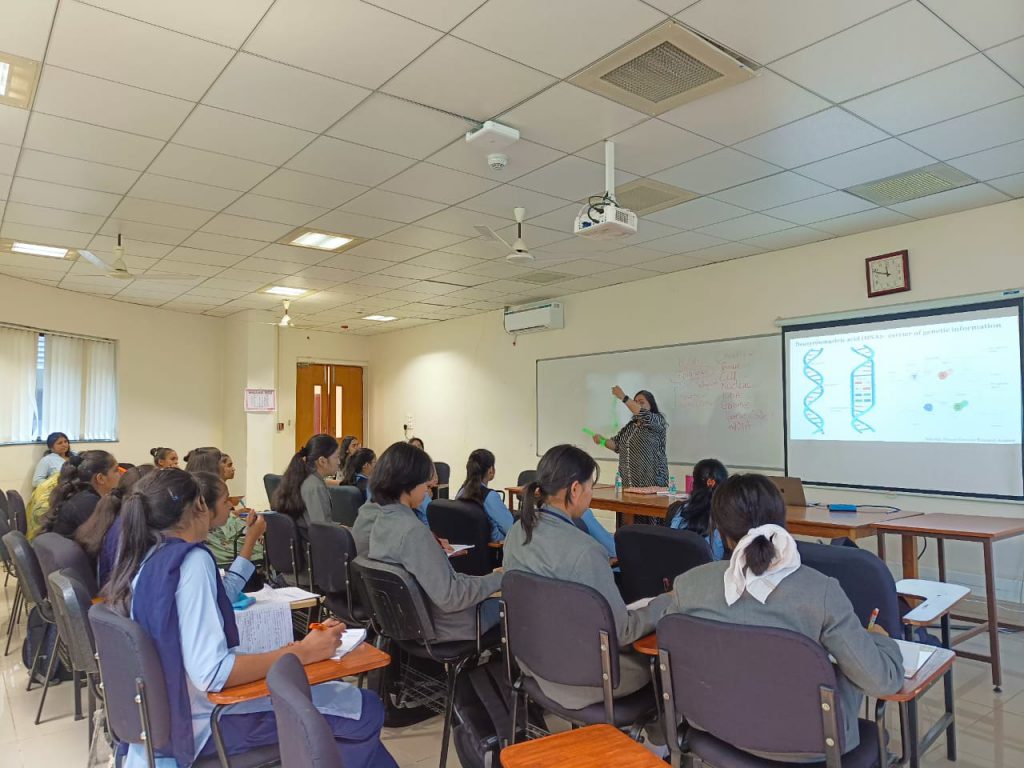
I attended a session where I was translating for P Kondaiah, a retired professor from DBG, who was talking about cancer. Translation would sometimes mean translating the words from English to Hindi, and sometimes also simplifying complex words. We were ourselves surprised to learn that the Hindi word for a cell is “kosh” and that the digestive system is called “pachankriya kendra.”
We had no choice but to learn Hindi scientific vocabulary, so we created a small dictionary of commonly used words. I remember I was asked to translate “cancer can be caused by different factors” and the Hindi word for cancer – “karkroga” – invoked vivid memories of watching advertisements issued in public interest in theatres before the movie started.
Over the course of several lectures, the students learned about numerous fascinating concepts
Over the course of several lectures, the students learned about numerous fascinating concepts. They learned about quorum sensing – how cells communicate with each other – and about how viruses can kill their hosts. They were also intrigued to discover that crocodiles and birds are direct descendants of the once mighty dinosaurs, which sparked their curiosity about the process of species evolution.
Lunch was always the highlight, as it gave us the opportunity to gather feedback from students and make improvements. Chitchat at lunch also became fun discussions on cultures, traditions, food habits and daily routines. The students from Nagaland were used to a very different schedule: They would wake up around 8 in the morning, have lunch around 12 and dinner as early as 5 pm. So, it took a few days for them to adjust to a different lifestyle and cuisine. But soon, dosa became their favourite.
‘I like to work in the lab’
After lunch, it was time for practical sessions, which many students called “fun time” as they enjoyed working in the lab. The experiments were designed in a way that they could carry them out by themselves.
The practical sessions would begin with IISc volunteers explaining the principles of the experiment first, followed by its significance, using everyday examples. During one session, we described gel electrophoresis as a “running competition” for molecules, in which larger molecules run slowly compared to smaller molecules, which run faster.
To explain to them the importance of using gloves in microbiology experiments, we demonstrated the handling of Luria Bertani (LB) media plates – typically used to grow microbial cultures – with and without gloves. We showed them how a colony of microbes would grow on a plate when handled without wearing gloves. In a similar demonstration, we asked them to expose media plates in the air for a while and observe a myriad of colonies making the media their home.
DNA extractions also gained enough limelight, as the students got a chance to break open a bacterial cell and look closely at DNA in the form of bands using gel electrophoresis, which they had only learned about in their textbooks. One question from Drushti, a student from the Gujarat group made us think a lot; she asked, “Can we see the double helix structure of DNA under the microscope?” It gave us a chance to explain to her how DNA is too small to be seen under the microscope, and how its structure was pieced together using X-ray crystallography.
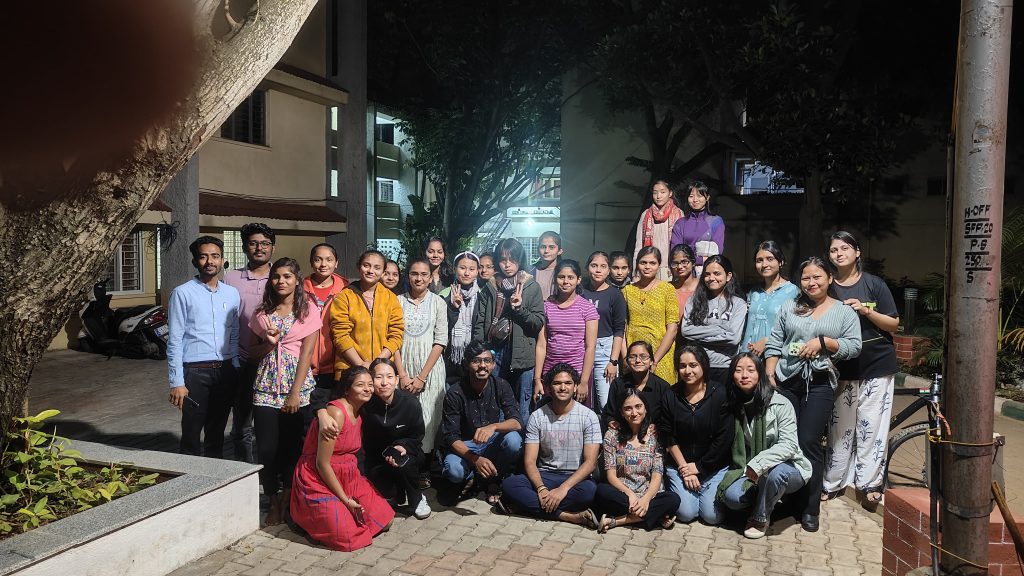
‘How can I get into your company?’
A substantial part of STEM research also takes place in industries, so exposure to such opportunities was also part of the plan for the programme.
On 16 December, a Saturday, we visited the office of Danaher India Development Center (IDC) in Bellandur, around lunchtime.
The students were divided into groups and each group was assigned a translator for their visits to the laboratories at IDC.
Research at IDC focuses on software development for the machines used in diagnostics. Machines used for cancer diagnosis and blood analytics are their top products. Their room-sized surgical microscopes left the students in awe.
Mesmerised by the work environment, one of the students asked, “How can I get into this company?” It was heartening to see them get exposure to diverse opportunities available to them, apart from just ‘doctor’ and ‘engineer.’
Another session that had a similar impact on them was by Prabhdeep Kaur, Assistant Professor at the new Isaac Centre for Public Health at IISc.
It was heartening to see them get exposure to diverse opportunities available to them, apart from just ‘doctor’ and ‘engineer’
“Sarvajanik swastha ka matlab kya hota hai [What does public health mean]?” she asked them at the beginning.
A doctor herself, she went on to explain how public health involves safeguarding and improving the health of individuals and communities. She was quick to clarify that healthcare does not only involve doctors and nurses. “A teacher can also serve as a public health servant by educating [people] about hygiene,” she explained.
Such discussions and the IDC visit gave the students an opportunity to think of broader career options.
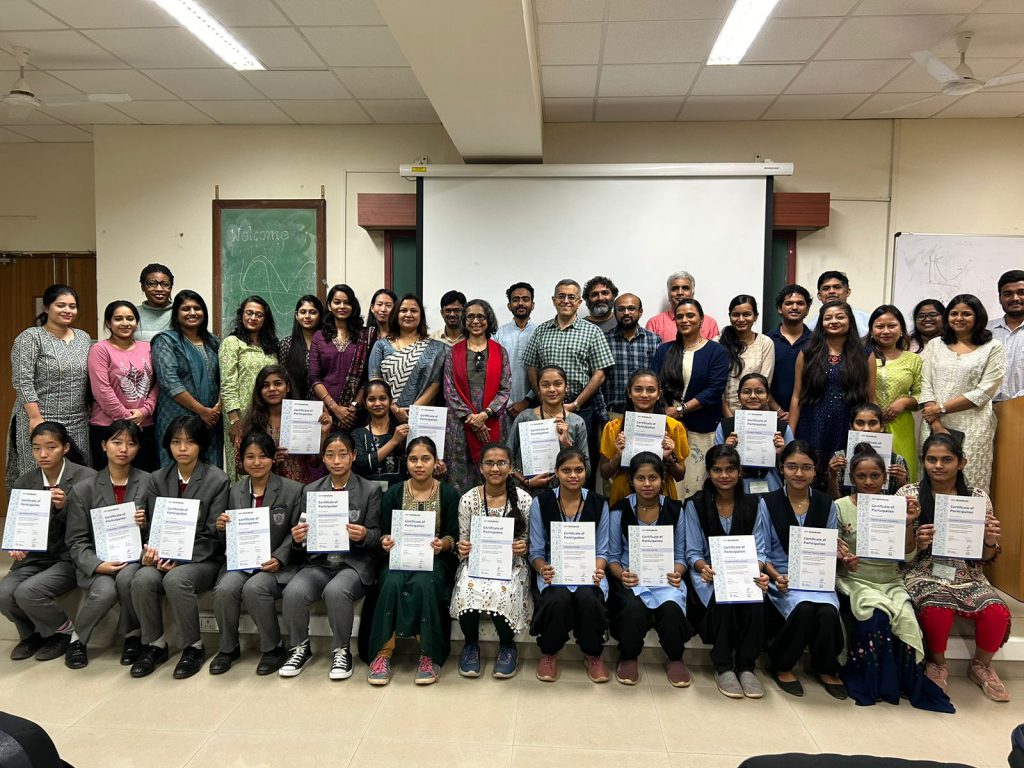
‘She’s planning to continue in science’
On the final day at the MSc teaching lab where the practical was conducted, the atmosphere turned into a stage for showcasing talents. The Gujarat group performed their traditional Garbha, making other students and volunteers dance with them.
At the end of two weeks, it became clear to the faculty members and volunteers that the students had indeed undergone a transformation – they were speaking more confidently and buzzed with questions about STEM careers. Their teachers were amazed to see many of their students who were quiet in class, being interactive in the sessions. Then the singing started. I chose to sing “Jab deep jale aana, Jab sanj dhale aana,” an old Hindi song from the movie Chitchor, marking an emotional farewell.
On the last day, we held a certificate distribution programme to wind up. Usha Vijayraghavan, Dean of Biological Sciences, and IBM representatives were also present at the ceremony. As volunteers, we felt a sense of sadness that it was time to say goodbye, but we were also pleased to have played a part in making a positive impact on the lives of these students.
As the students began to leave, the atmosphere was filled with energy and excitement, which we hoped they would take with them when they went back. Liniu H, a teacher from the Nagaland group later told me, “I am happy to tell you that one of my students was planning to shift to arts after her 12th, but after this programme, she’s planning to continue [in science].”
Mohit Nikalje is a second year MSc in Life Sciences student at IISc and a science writing intern at the Office of Communications
